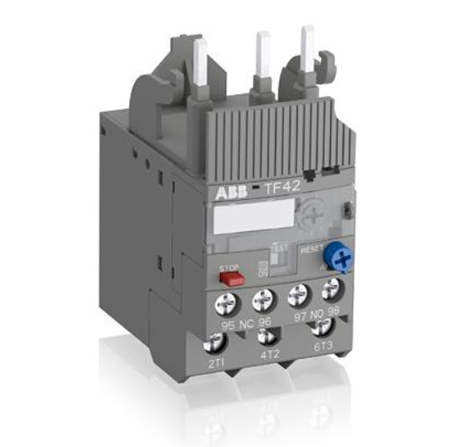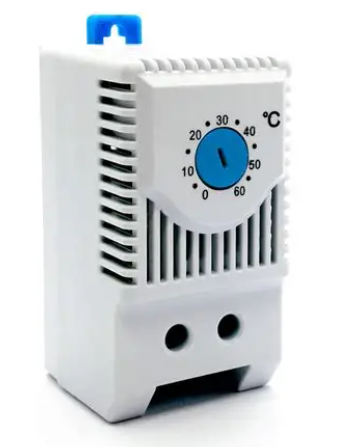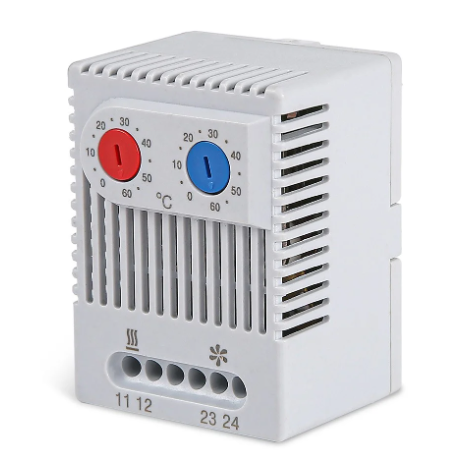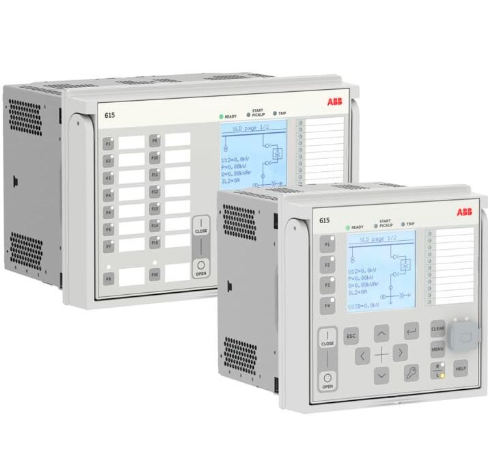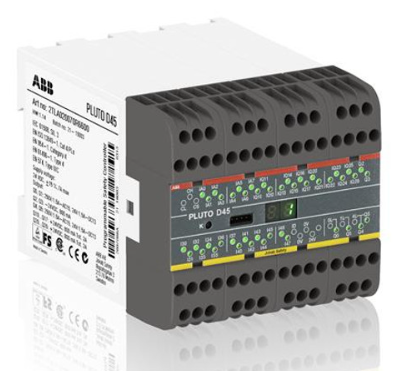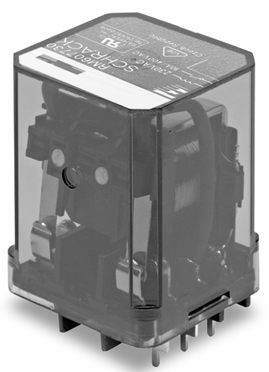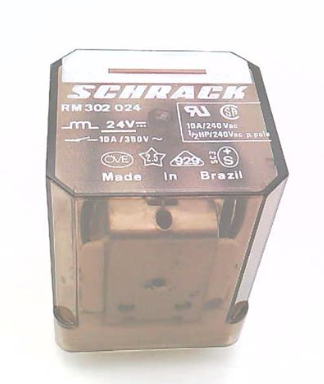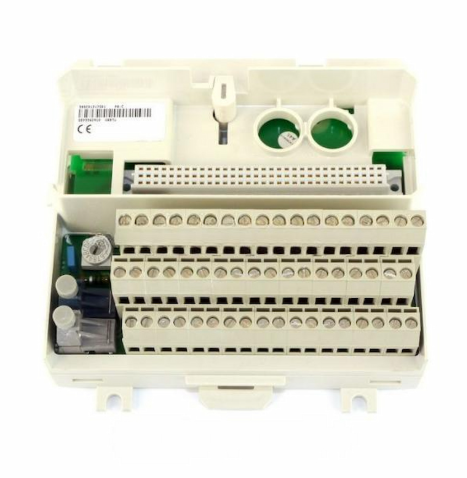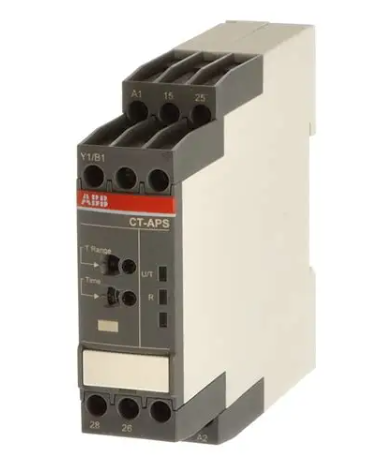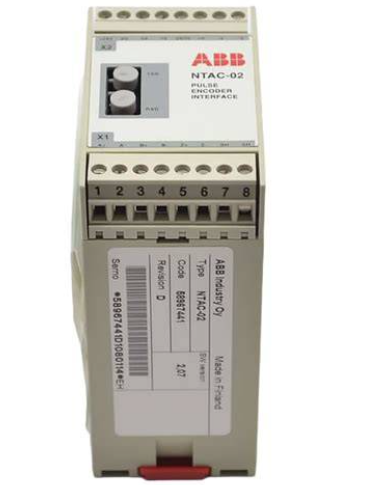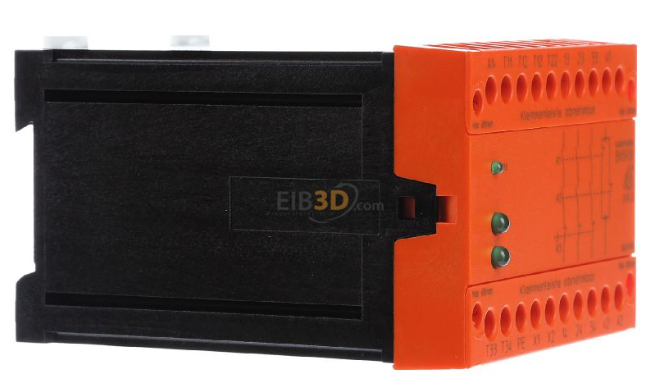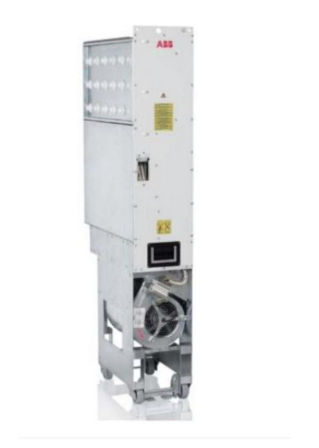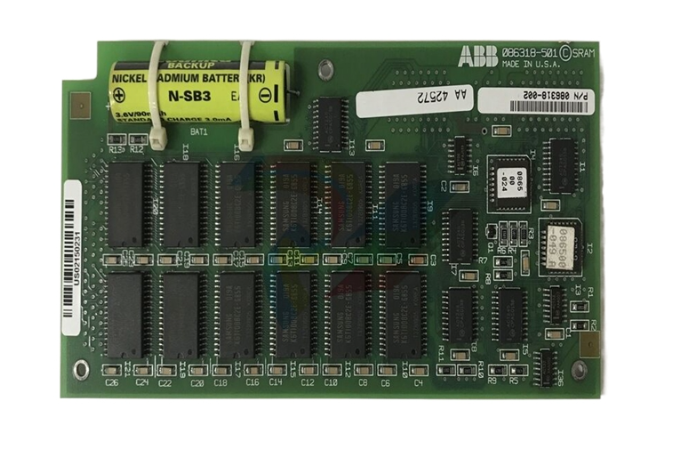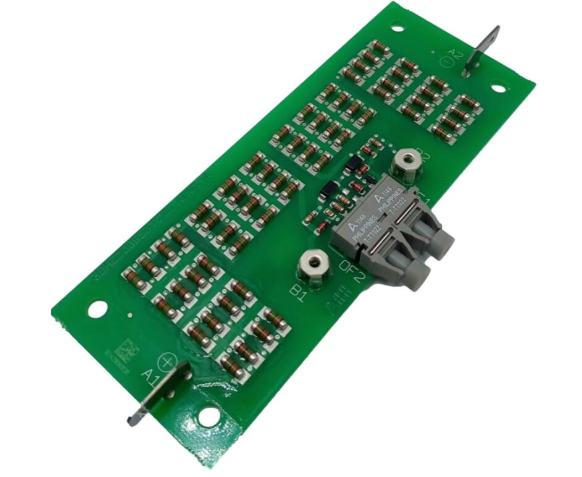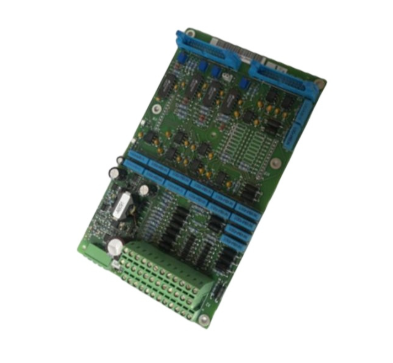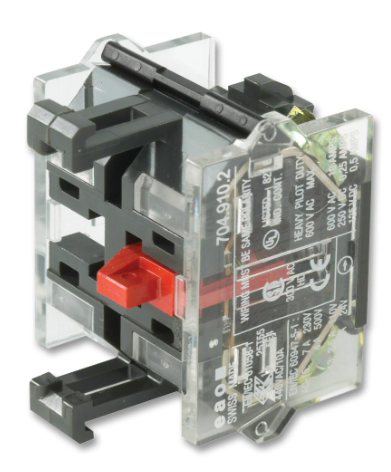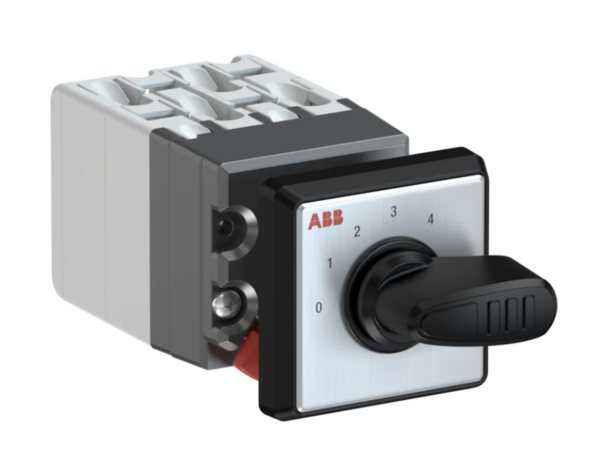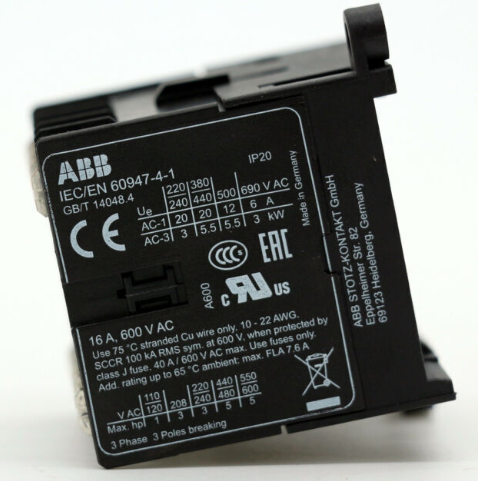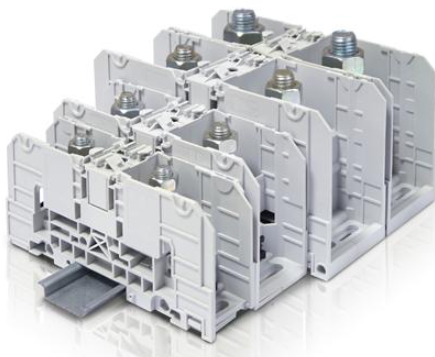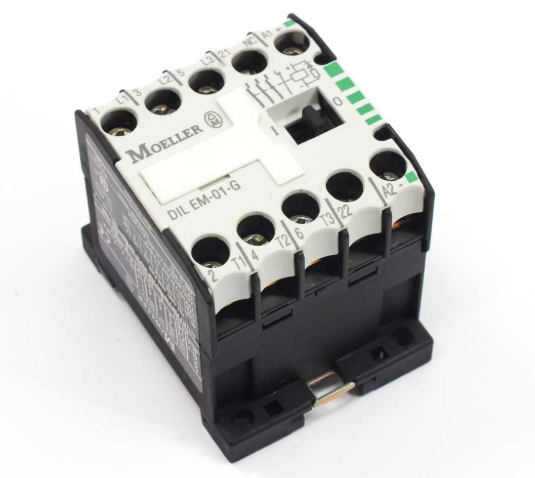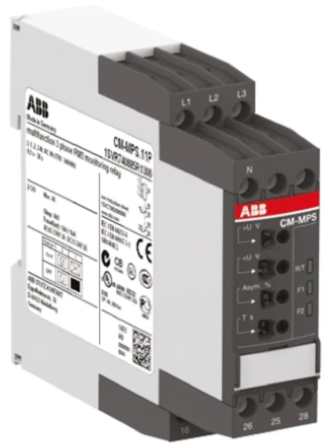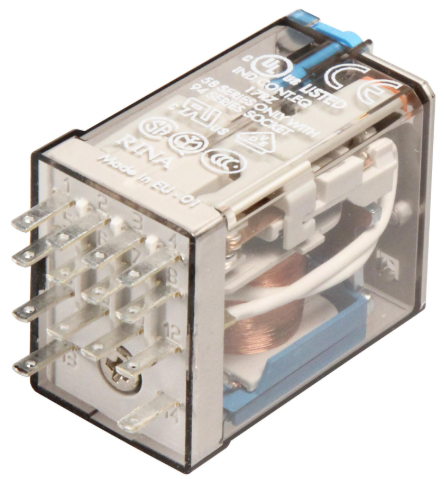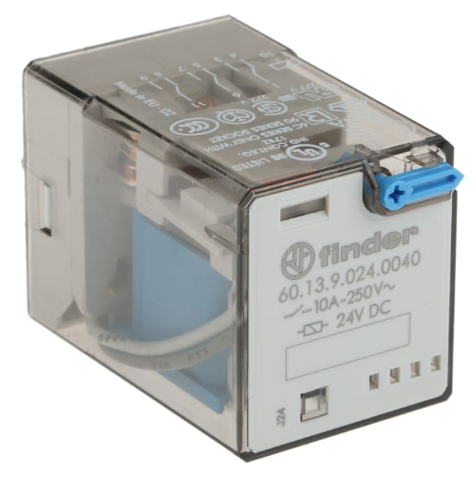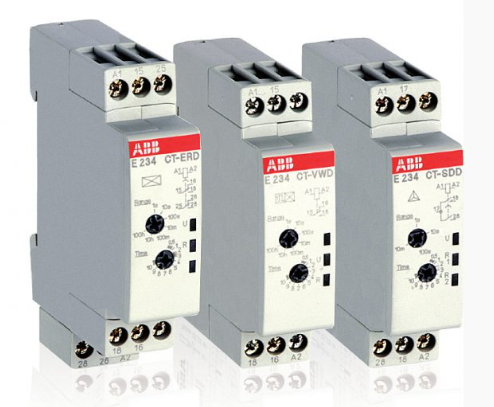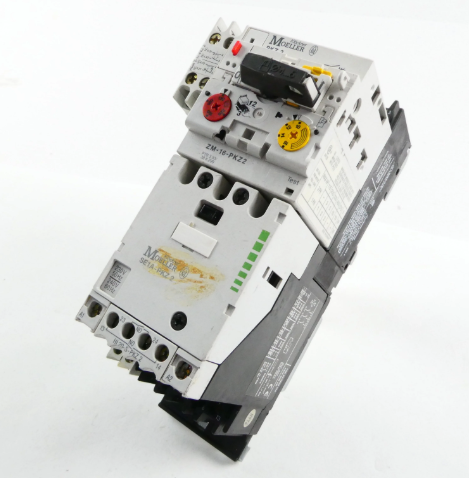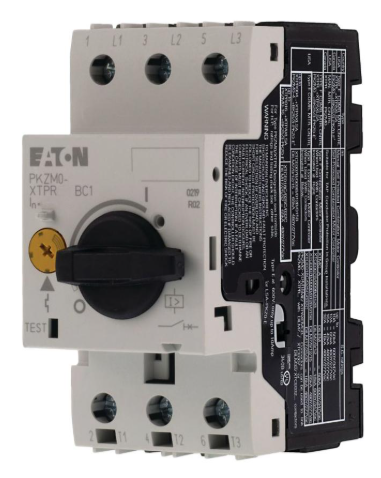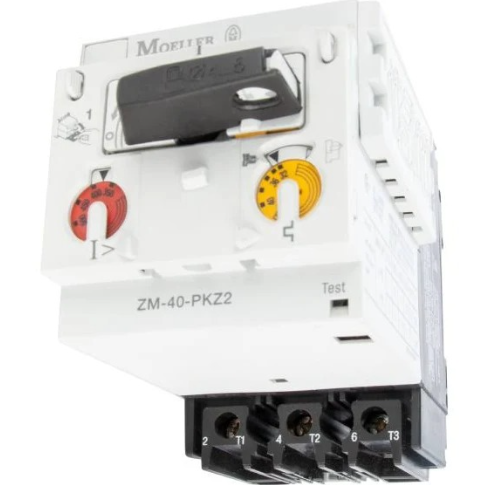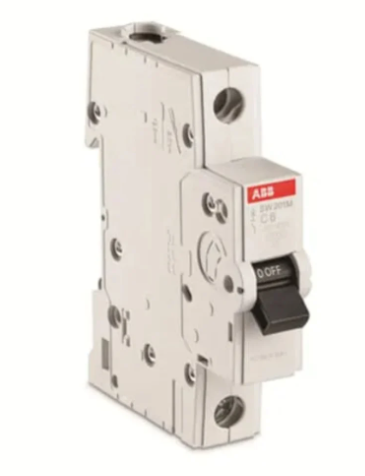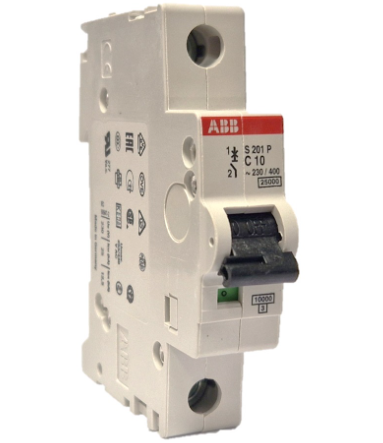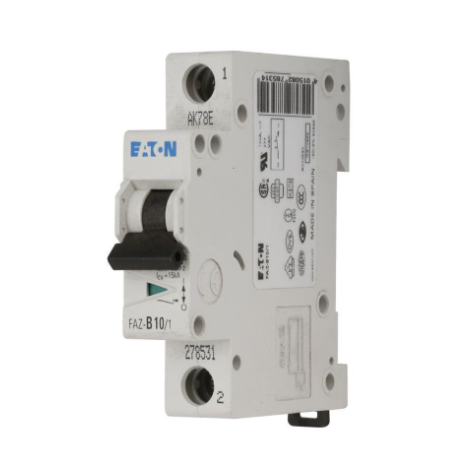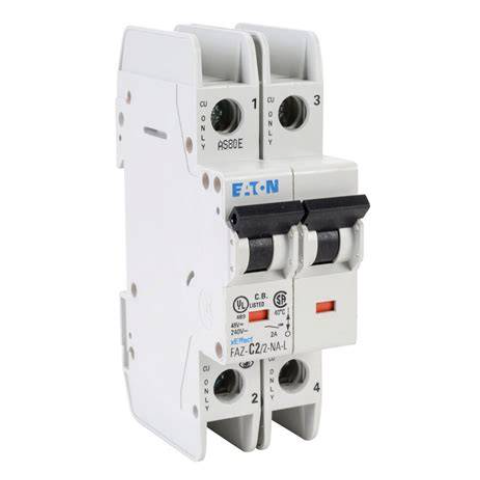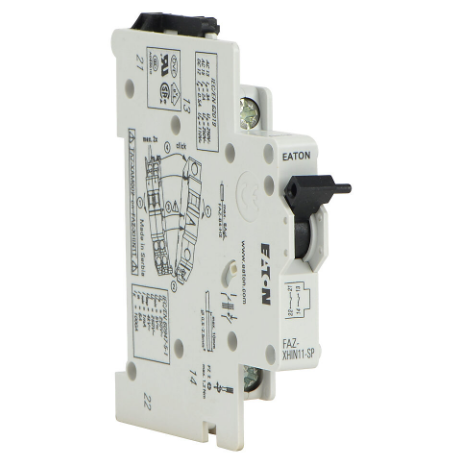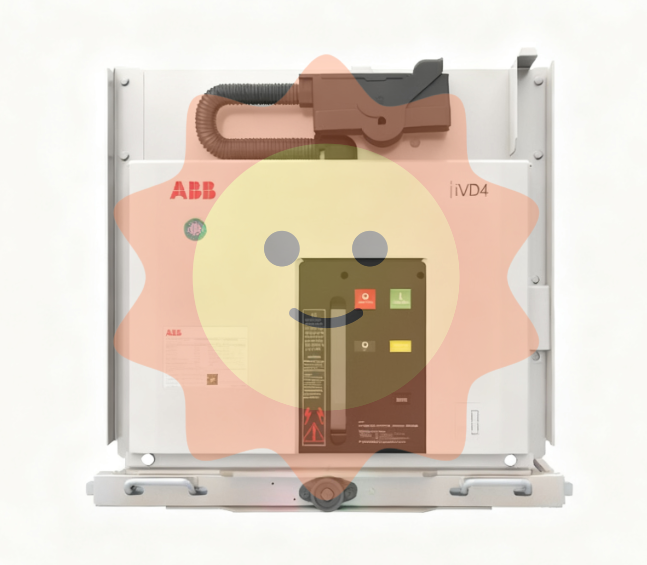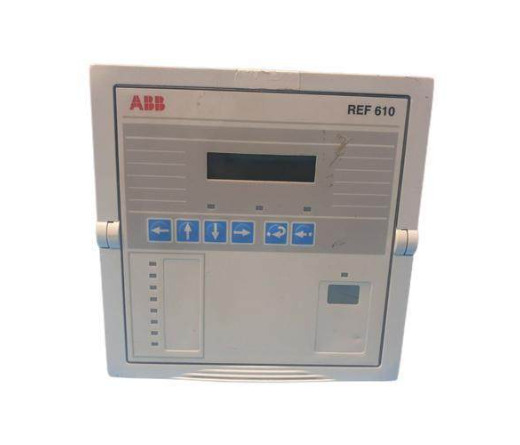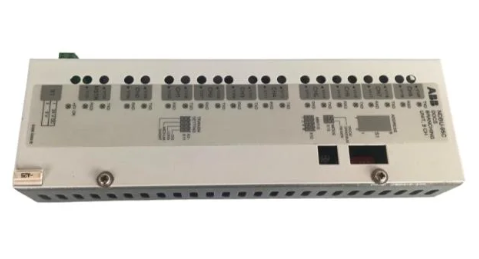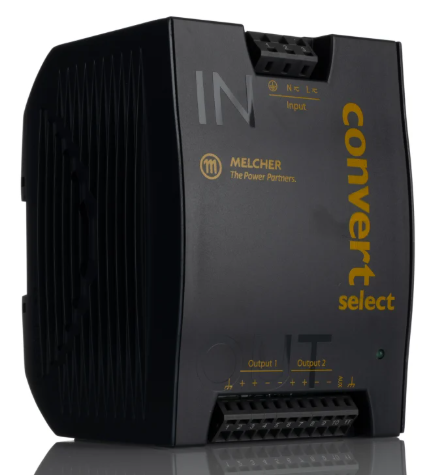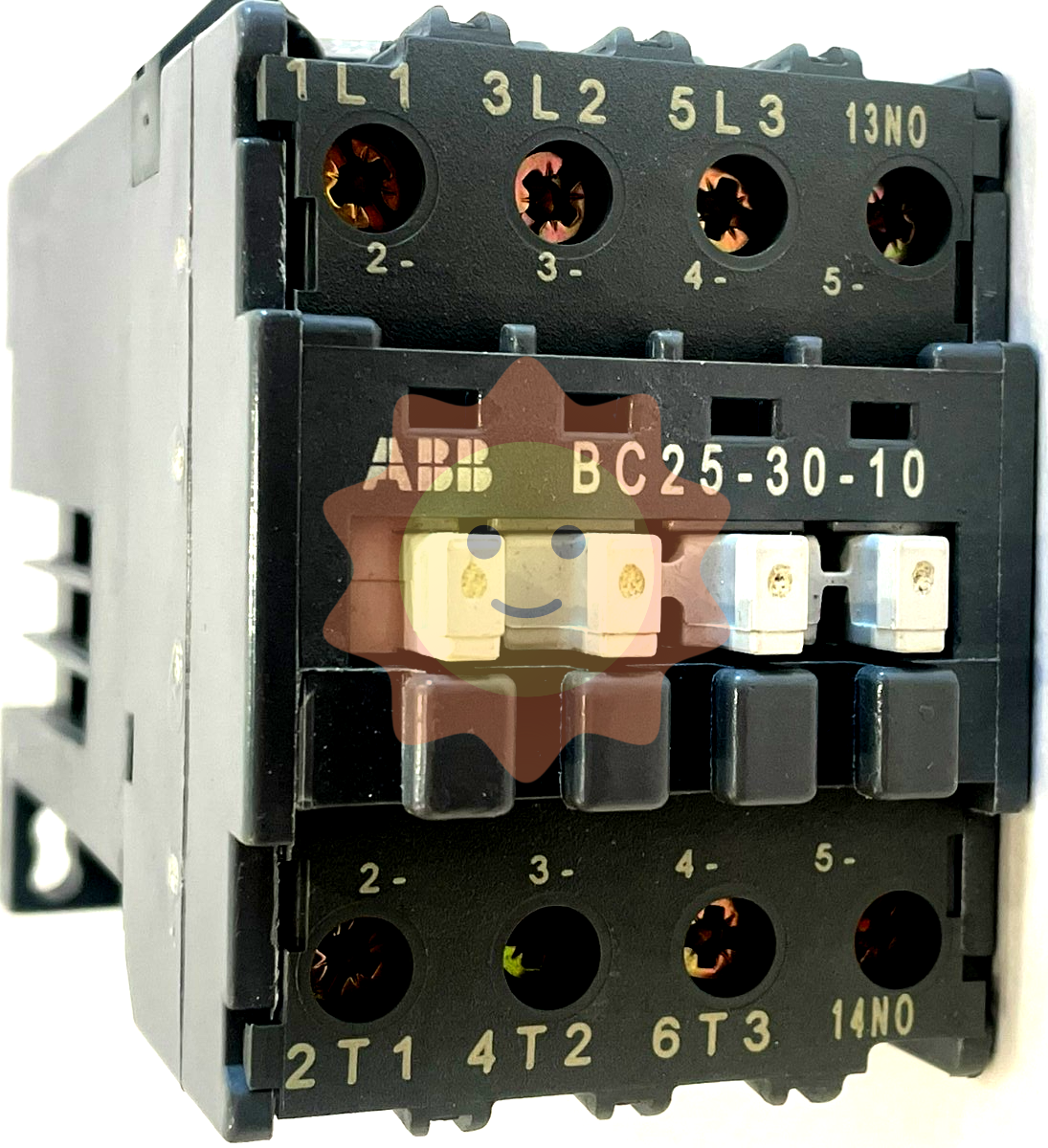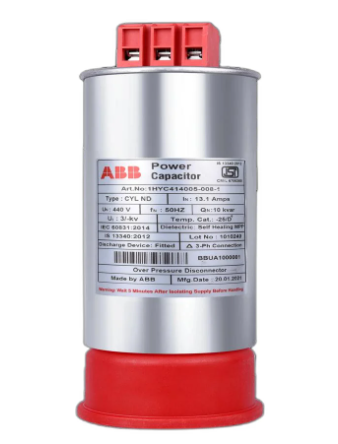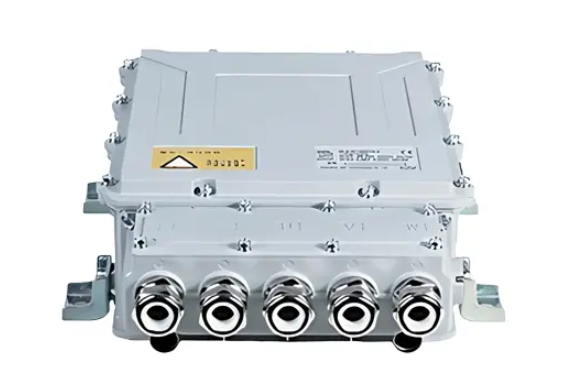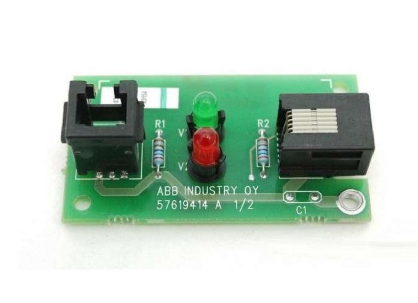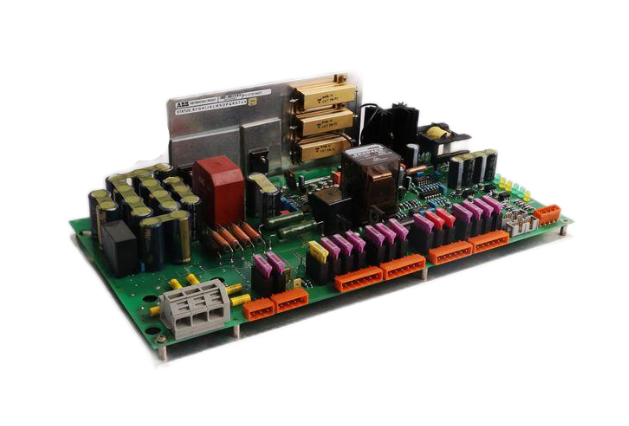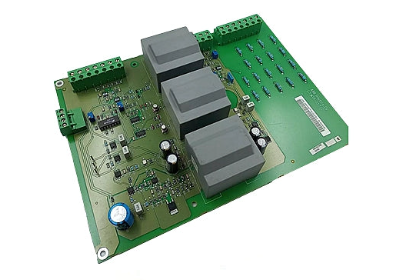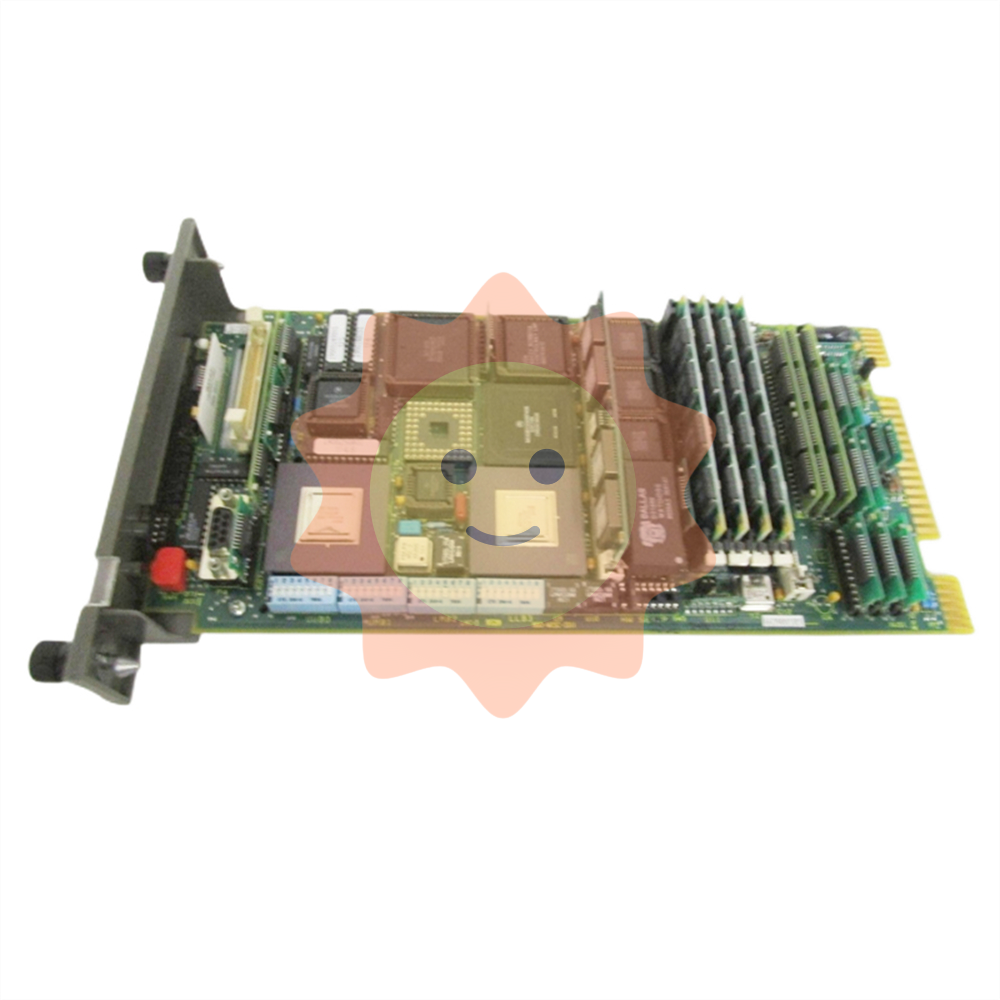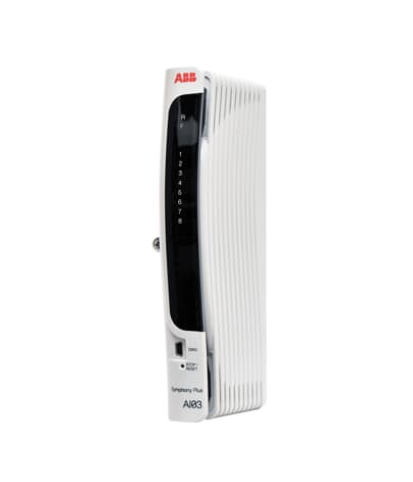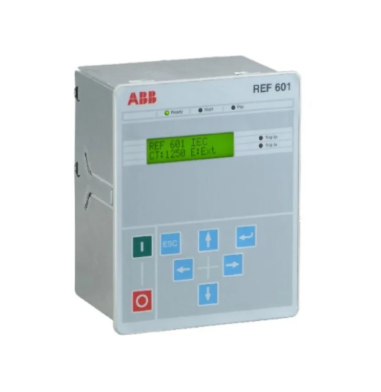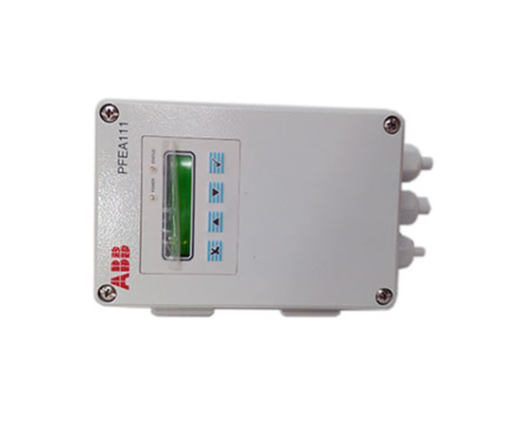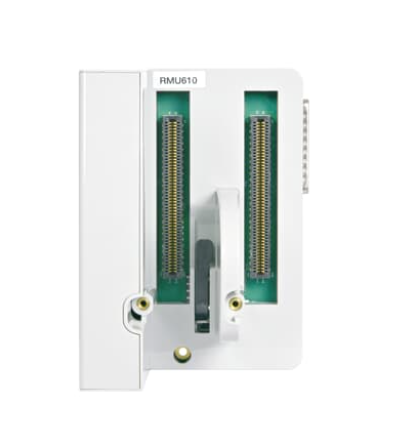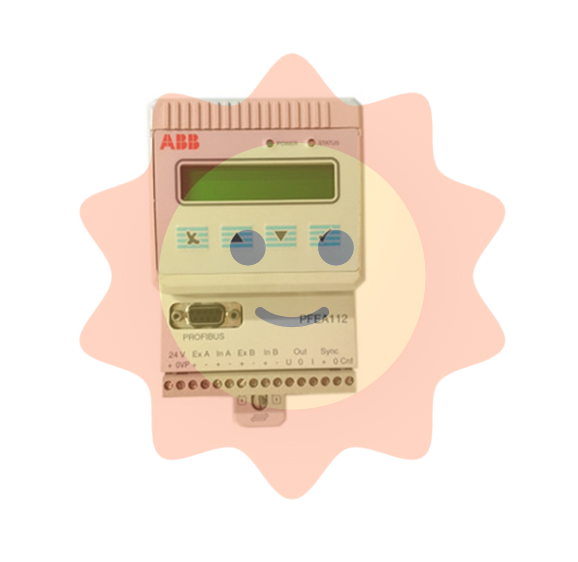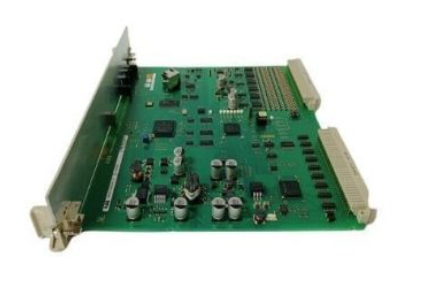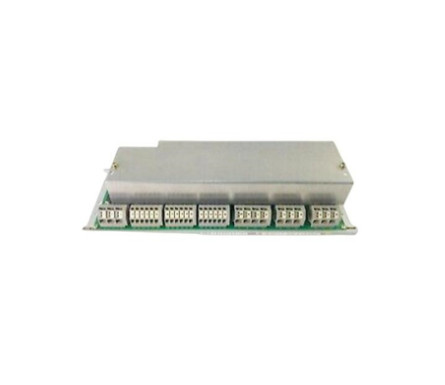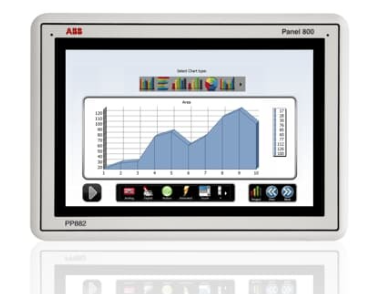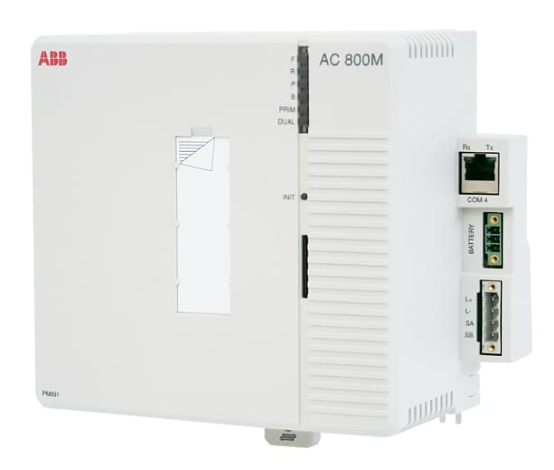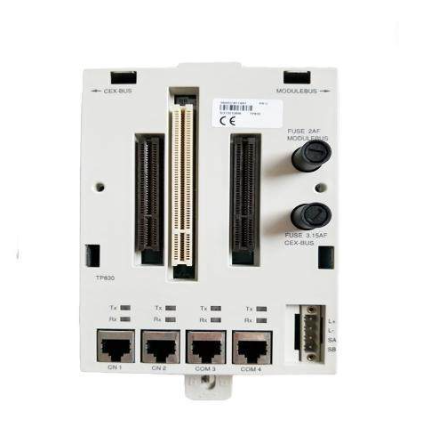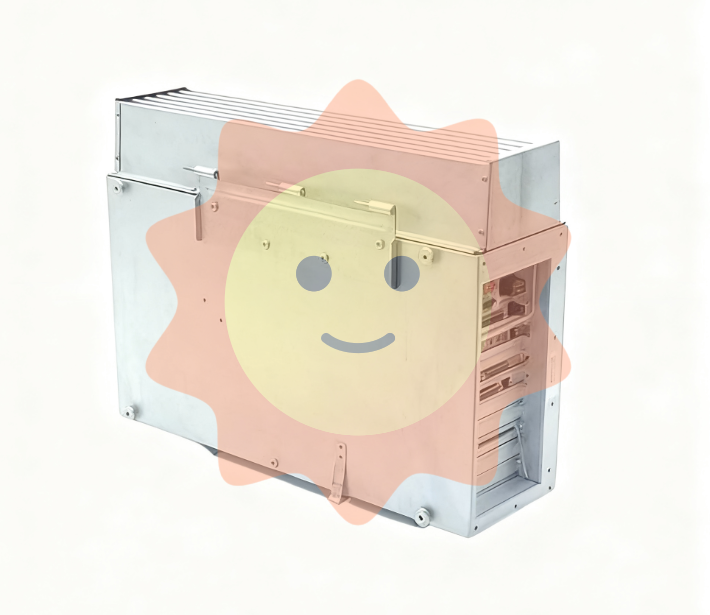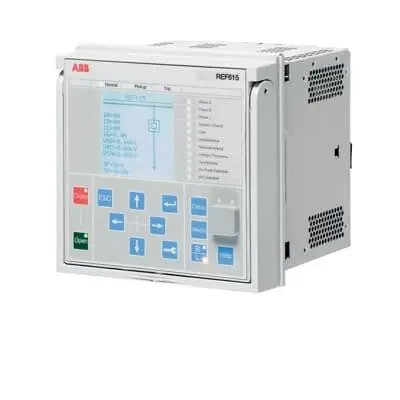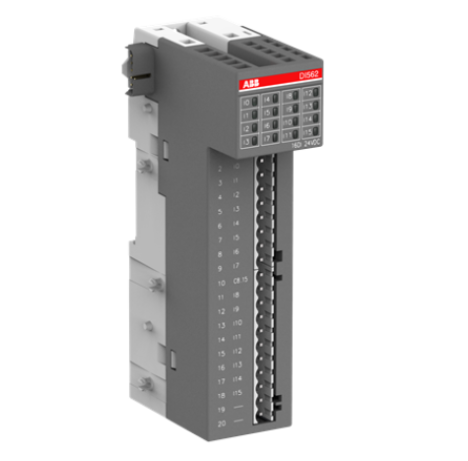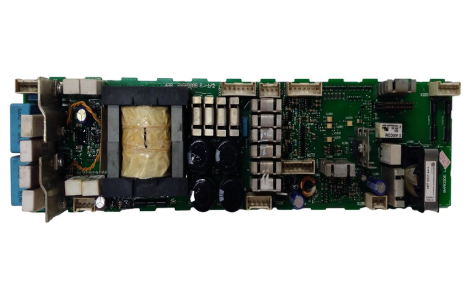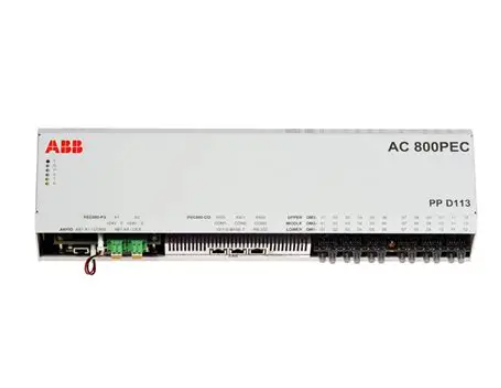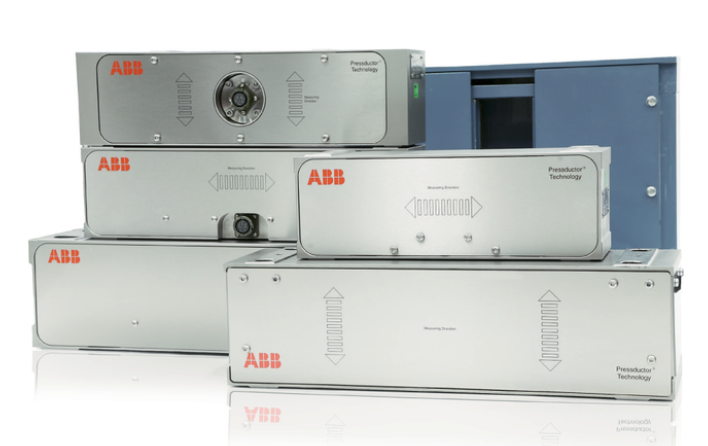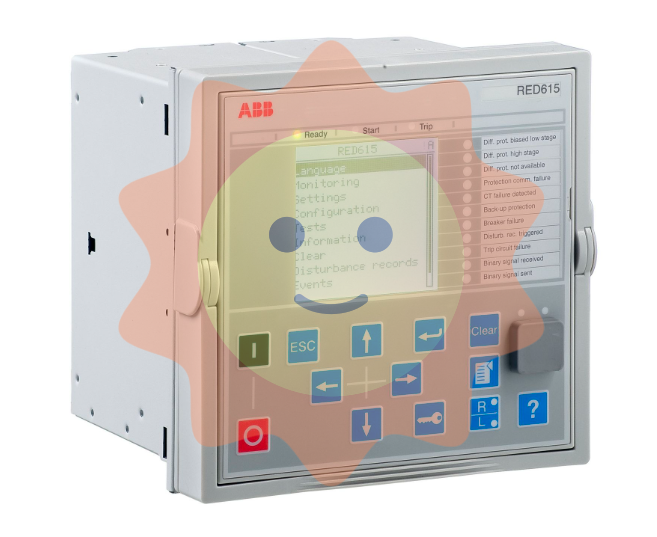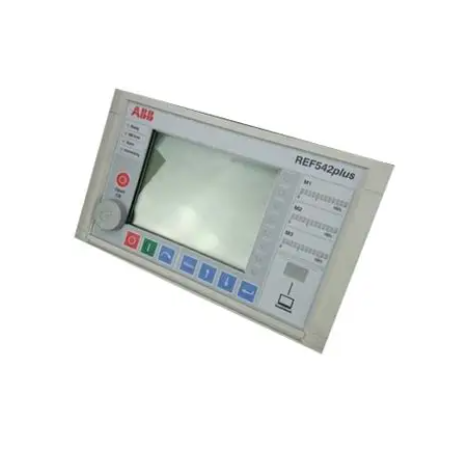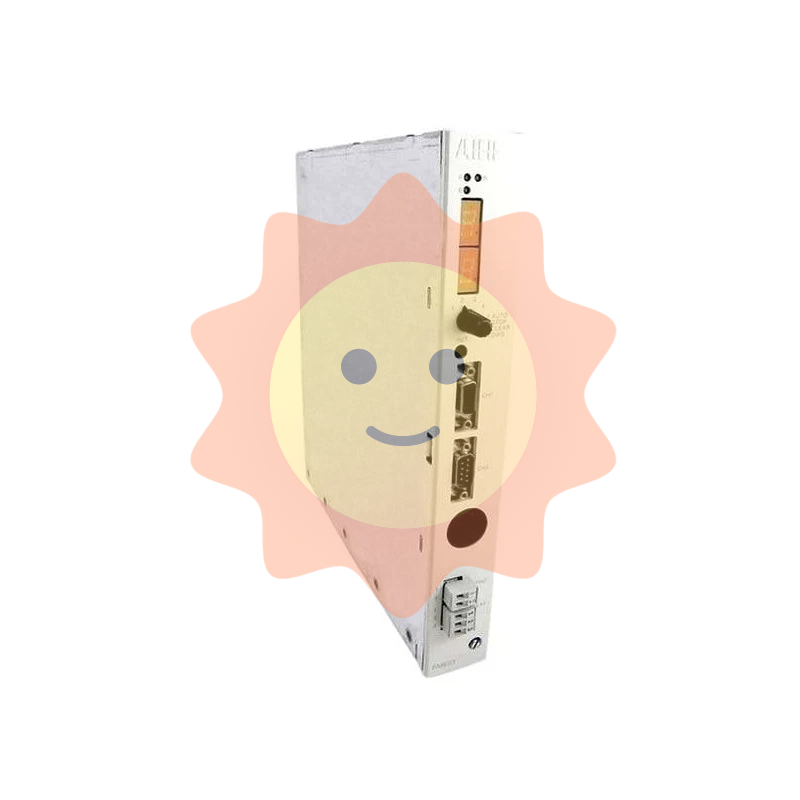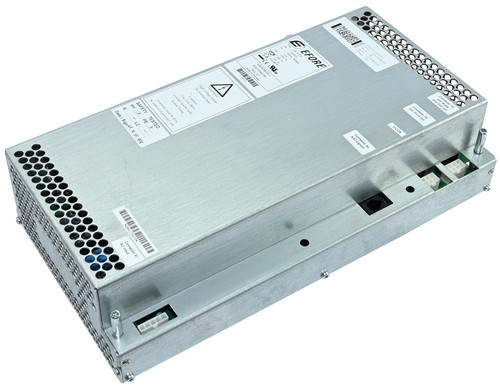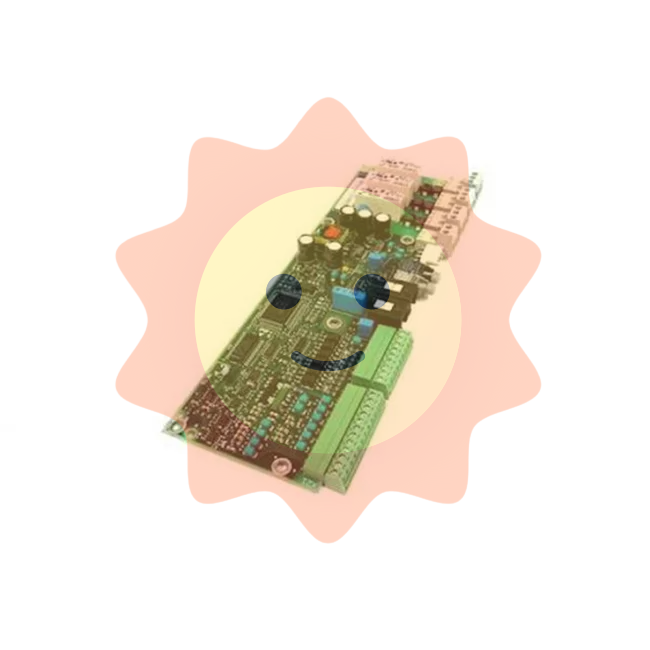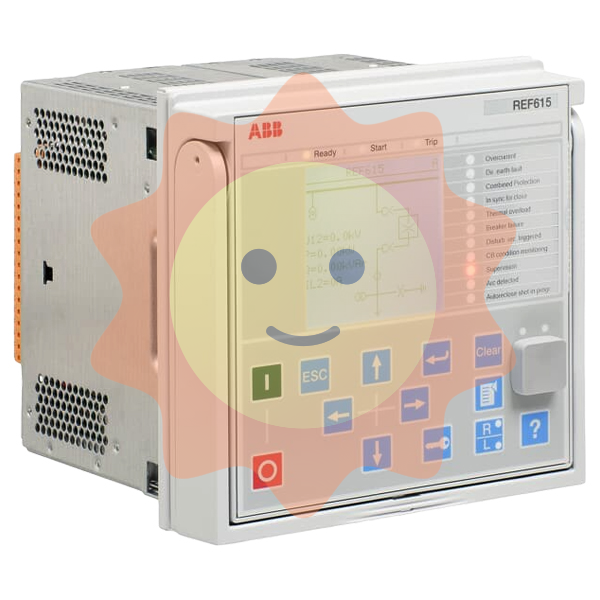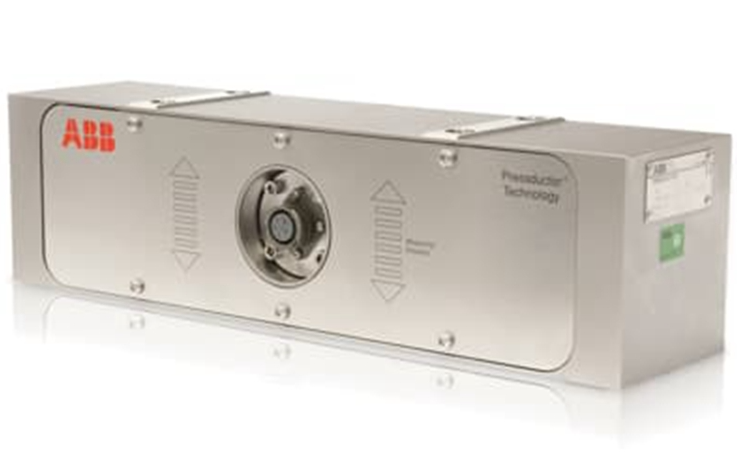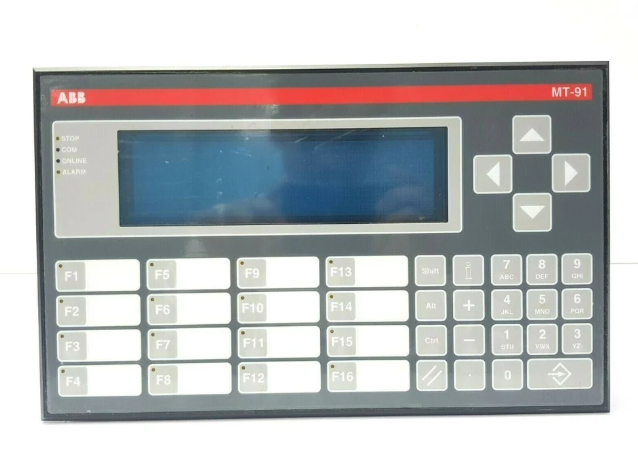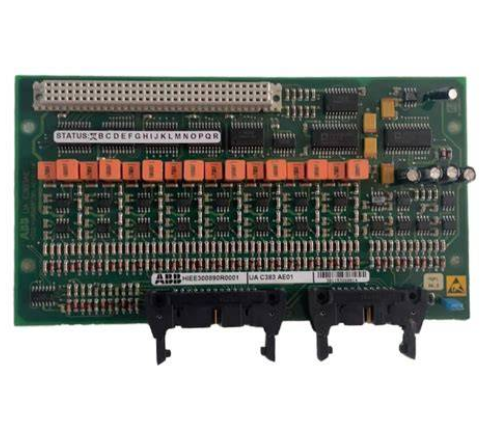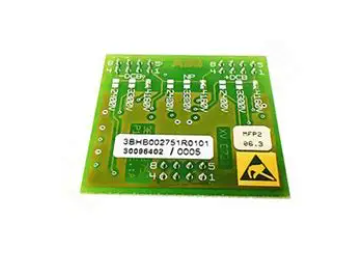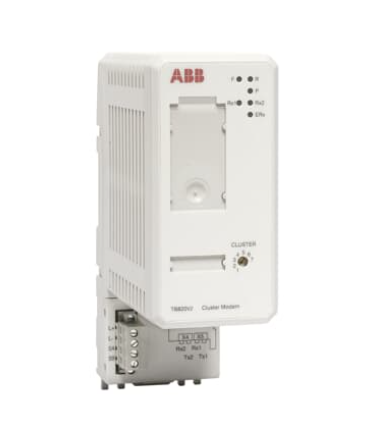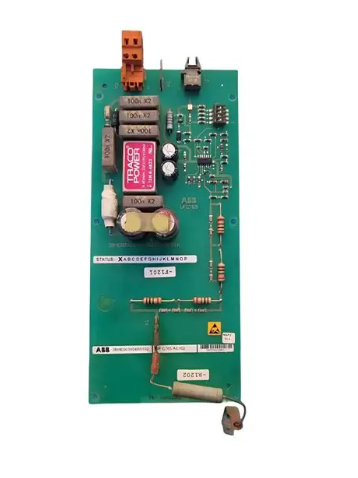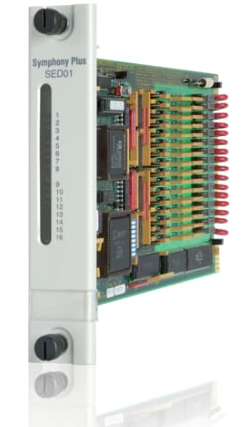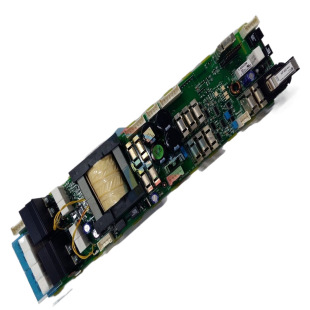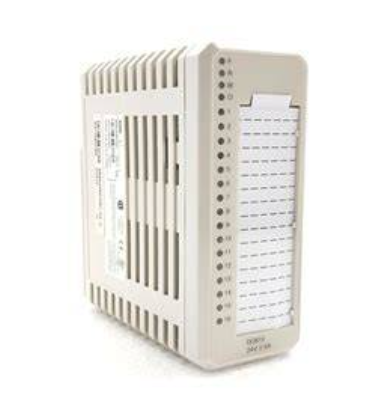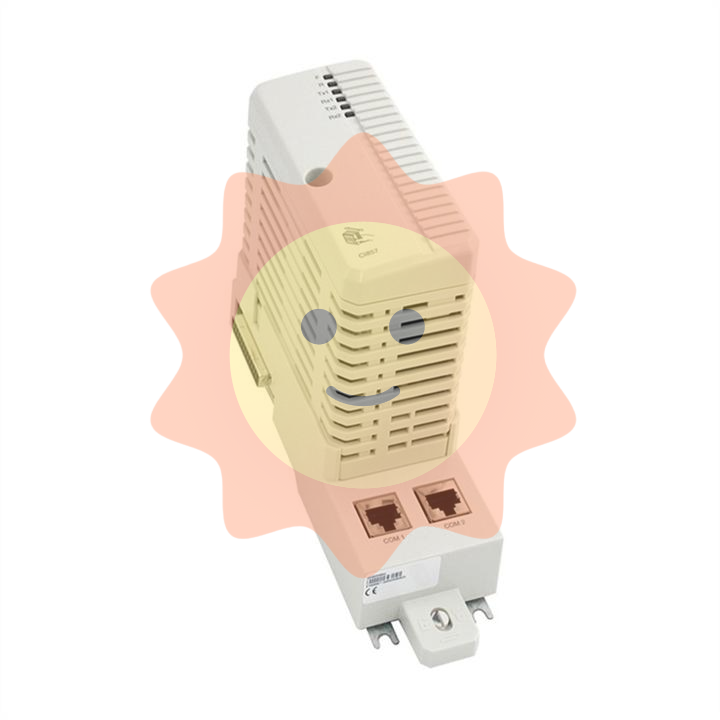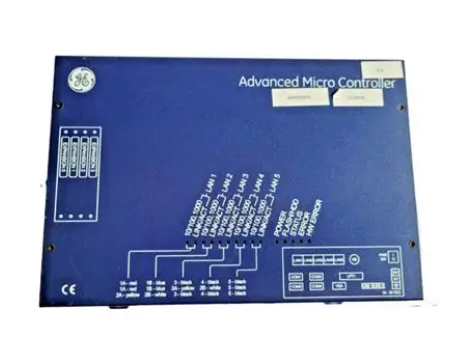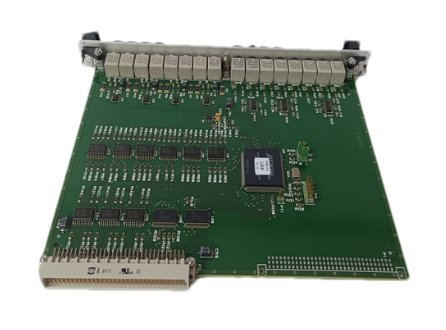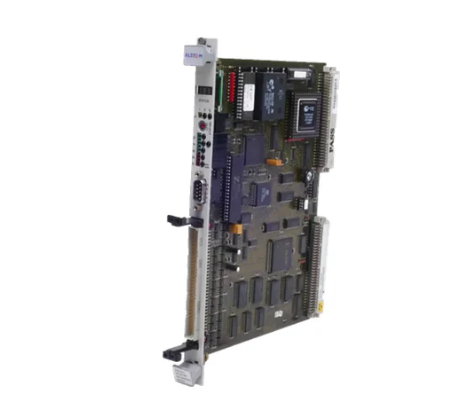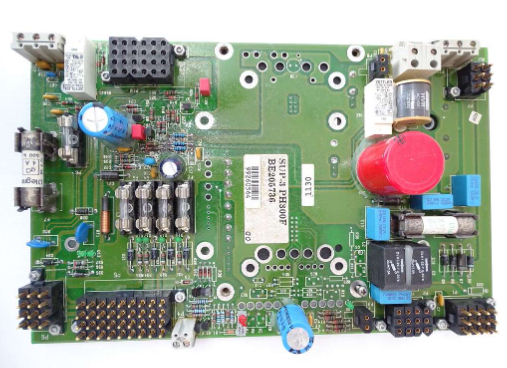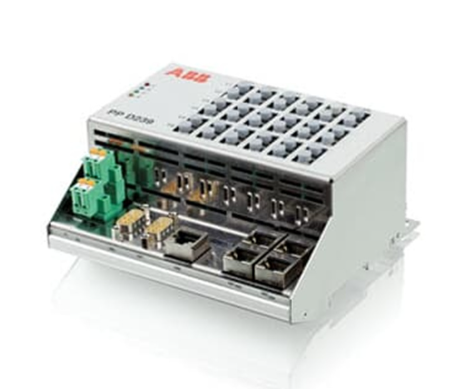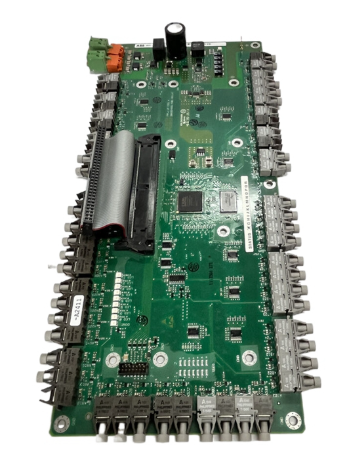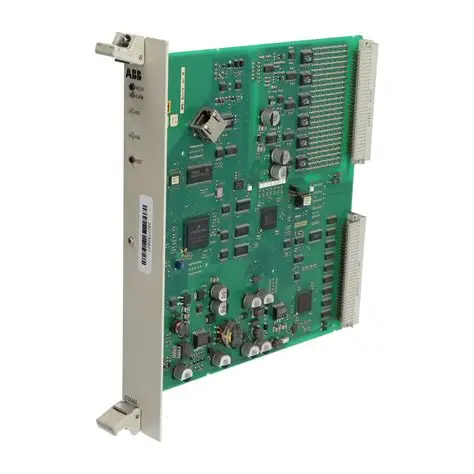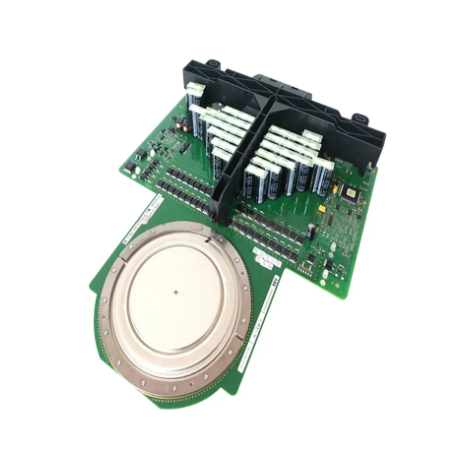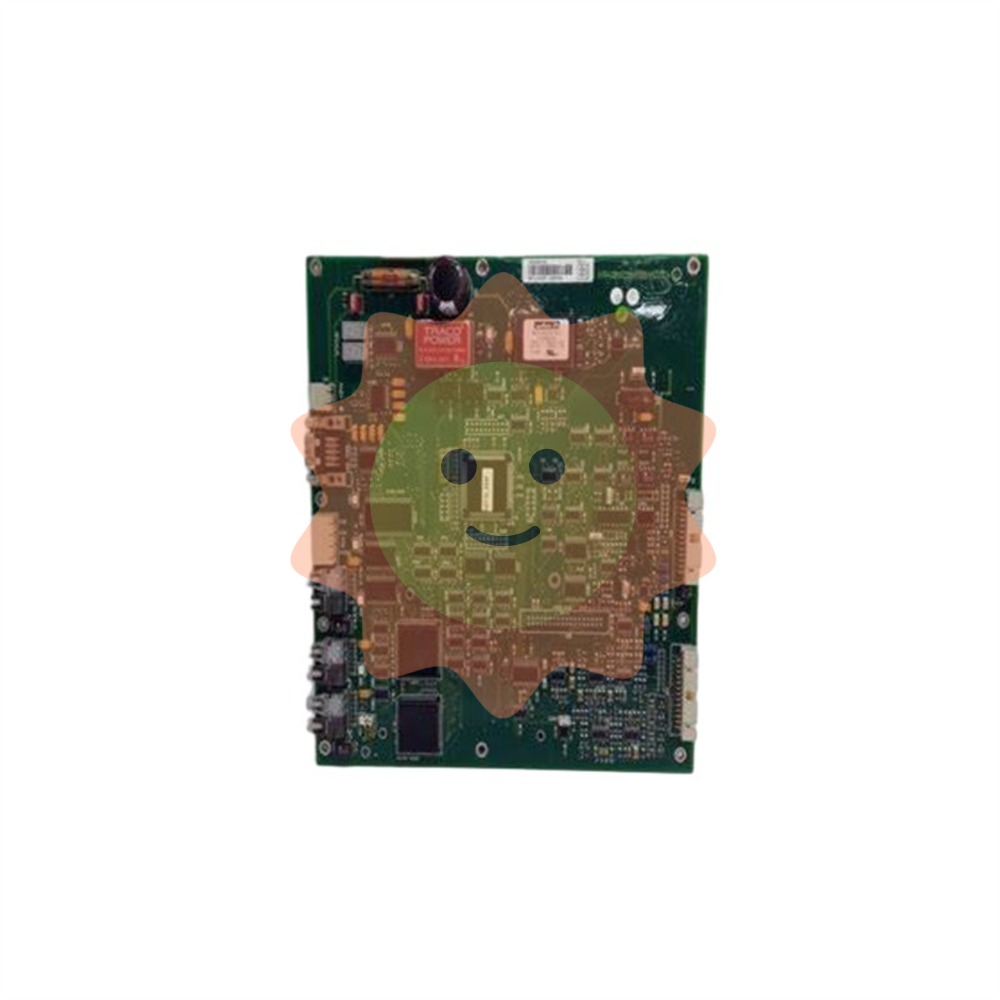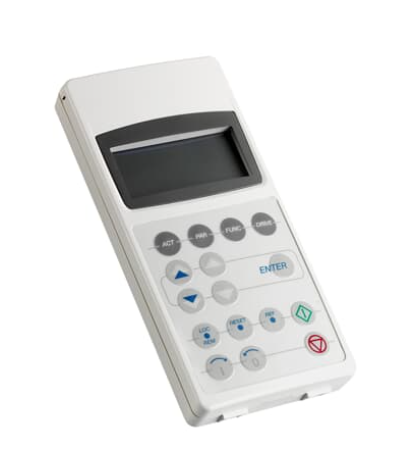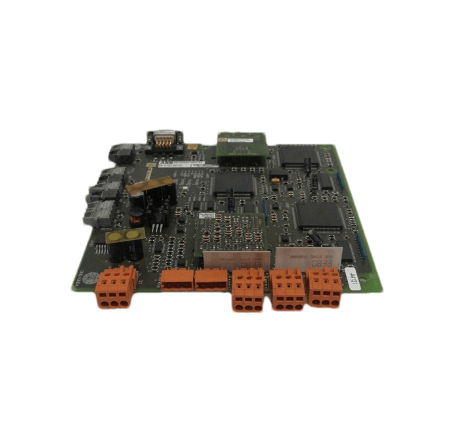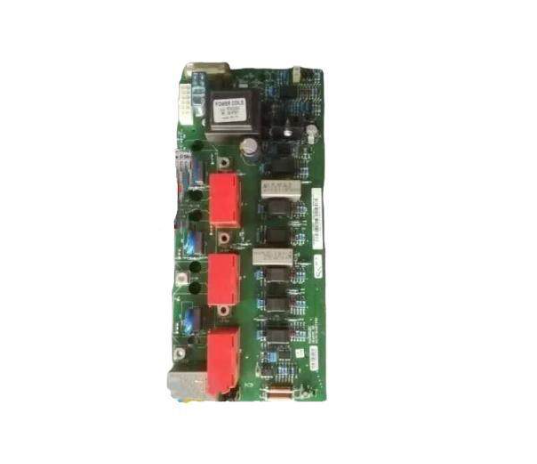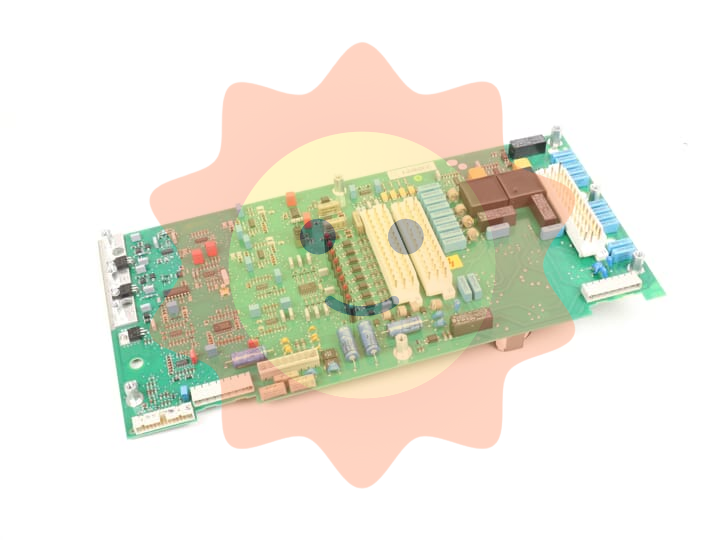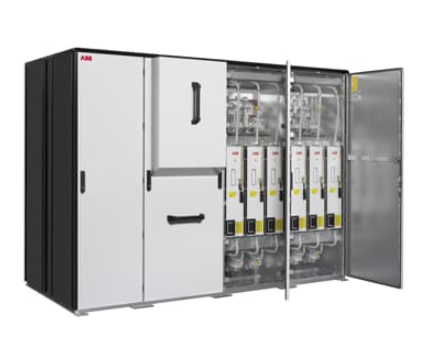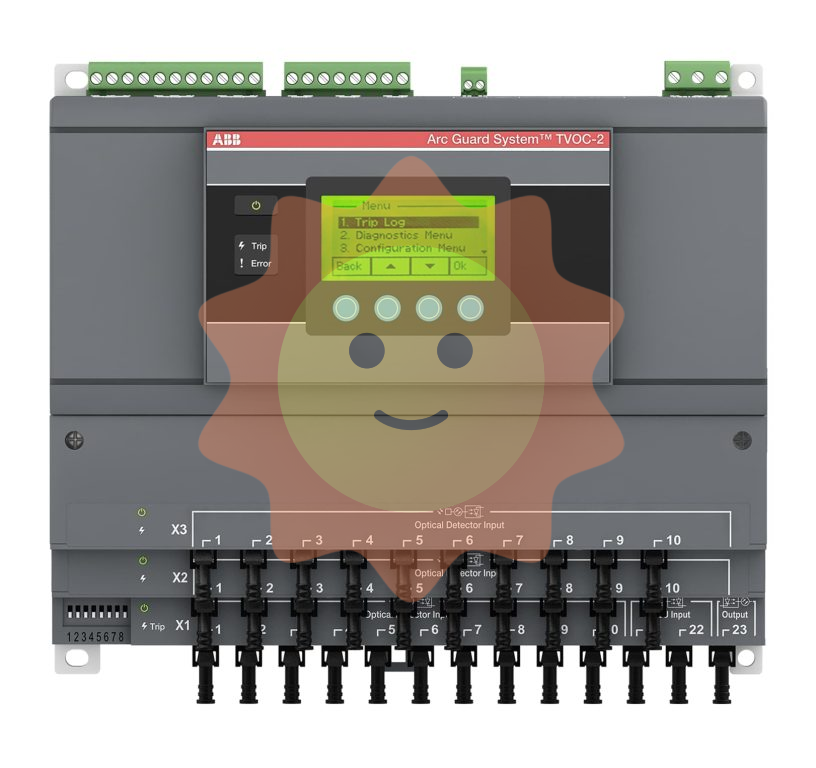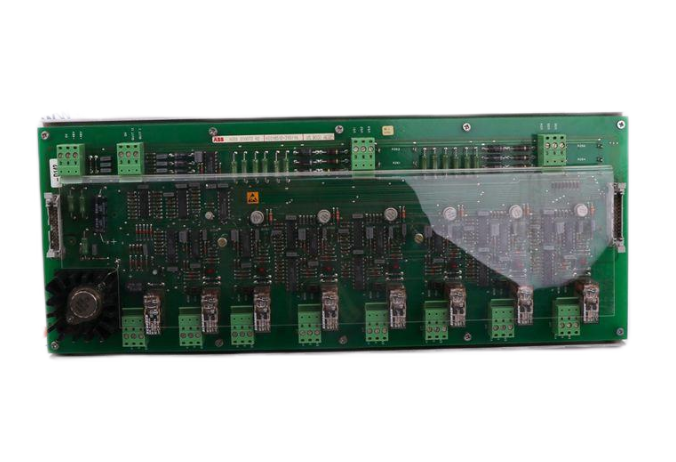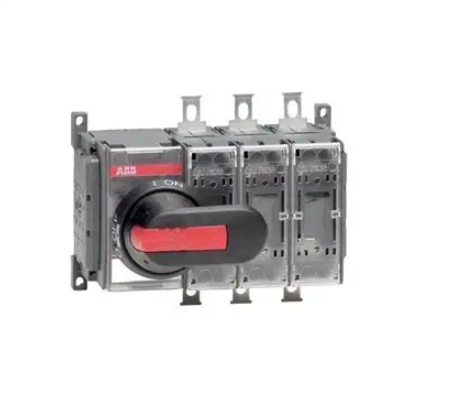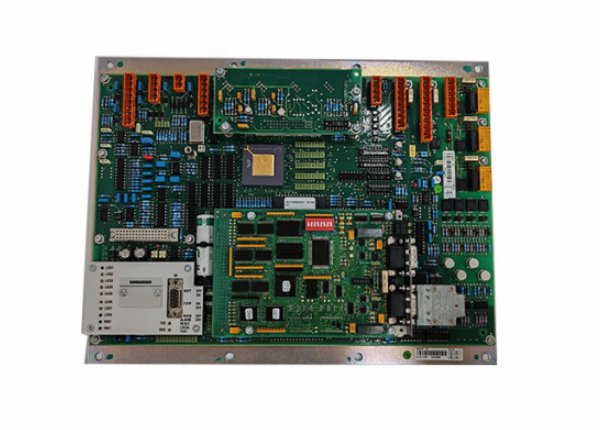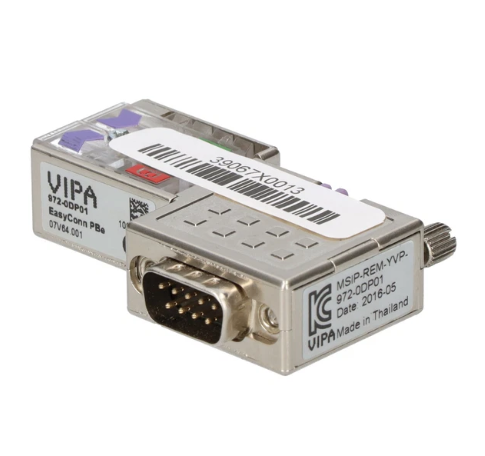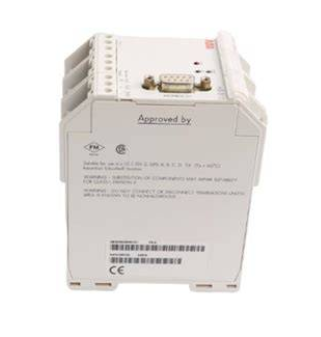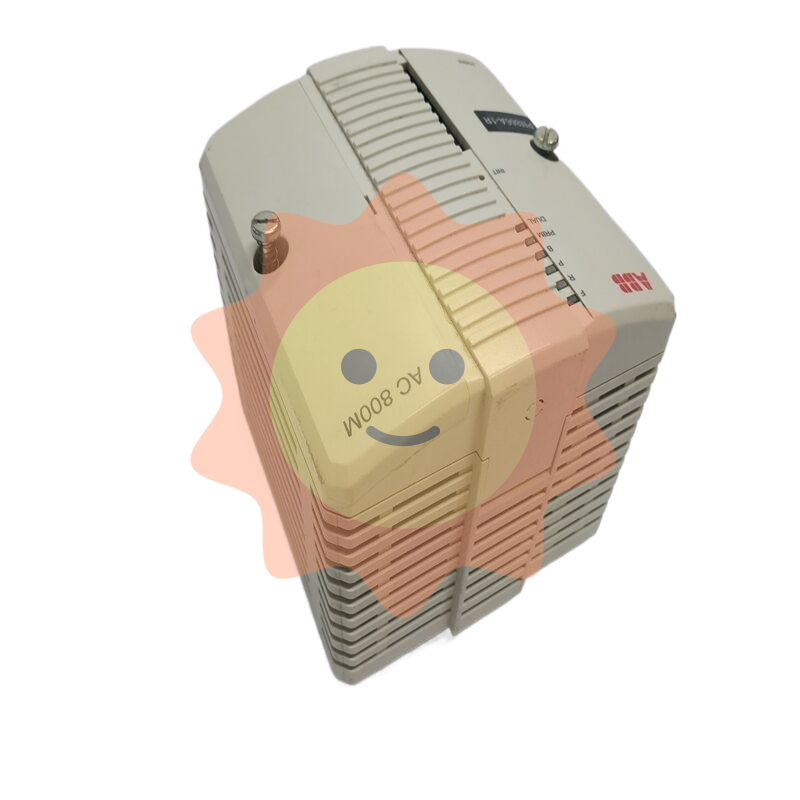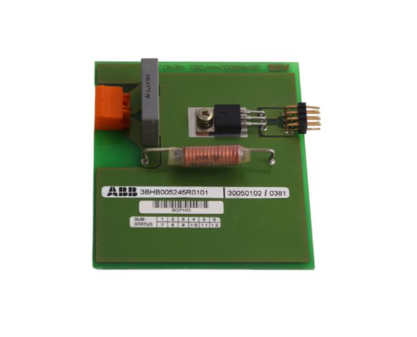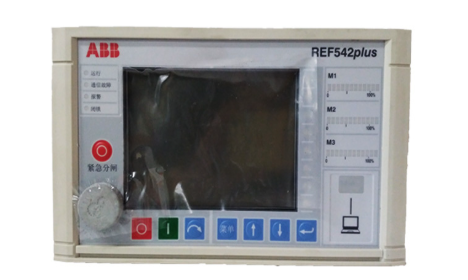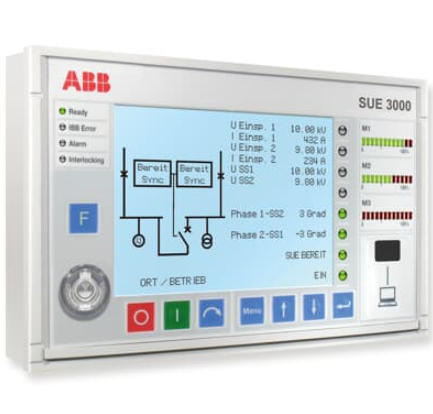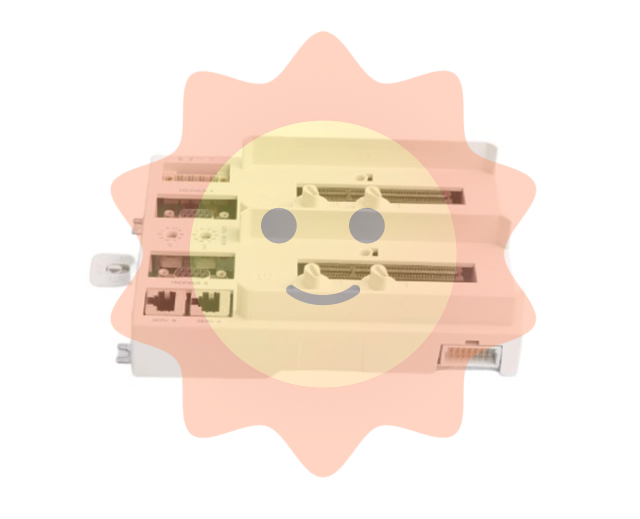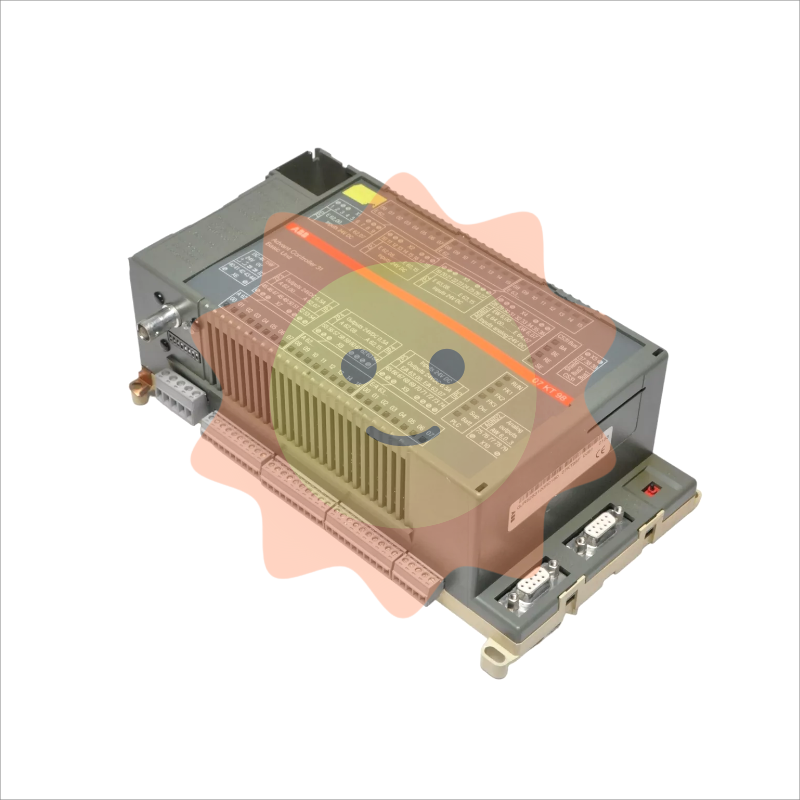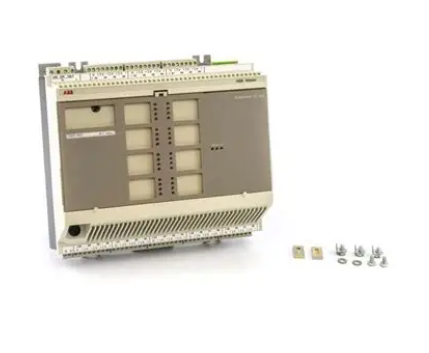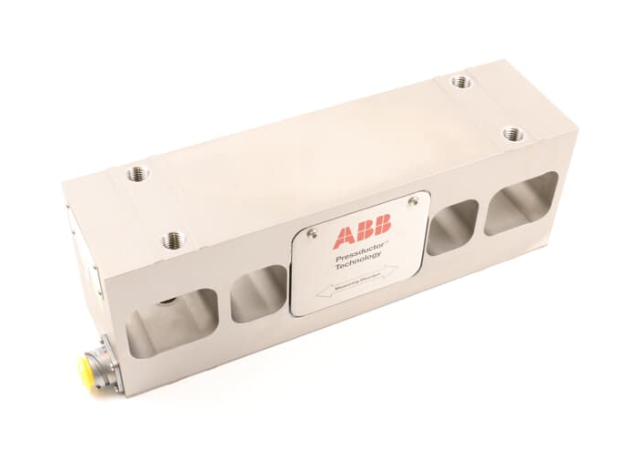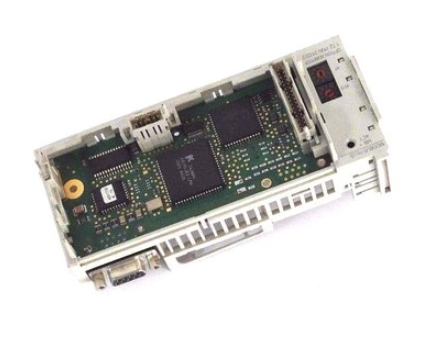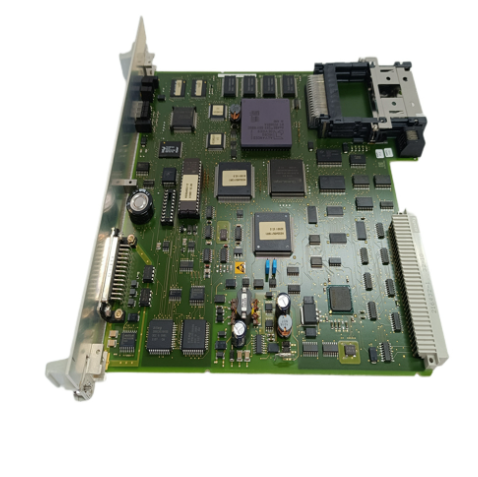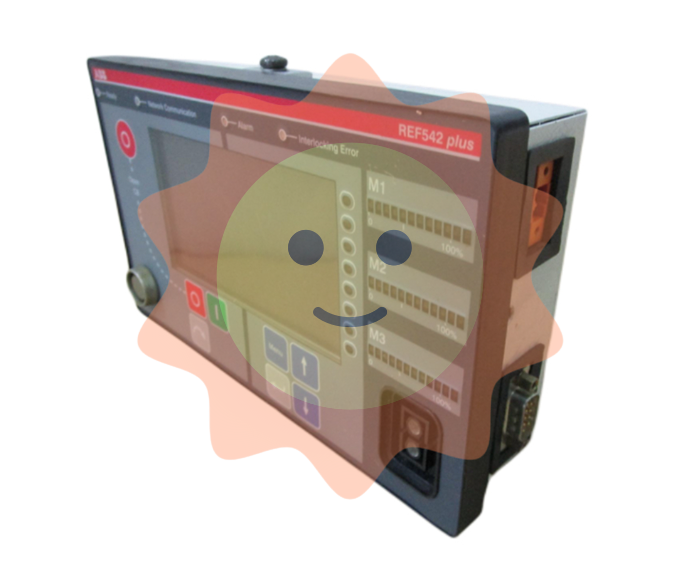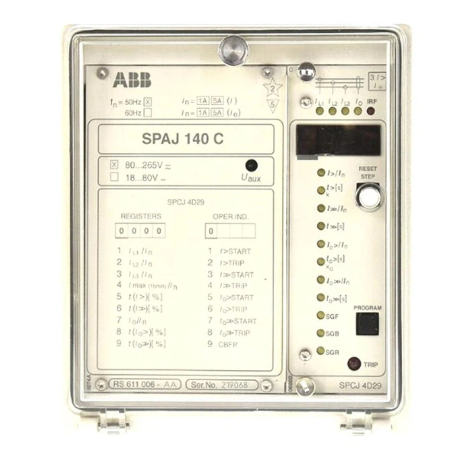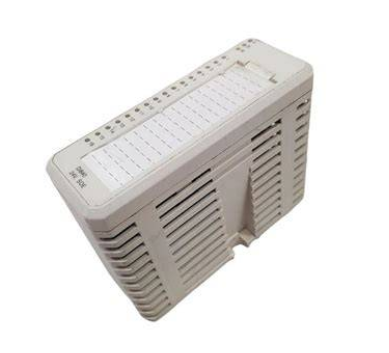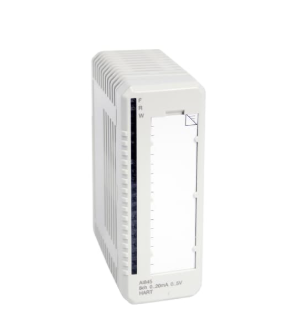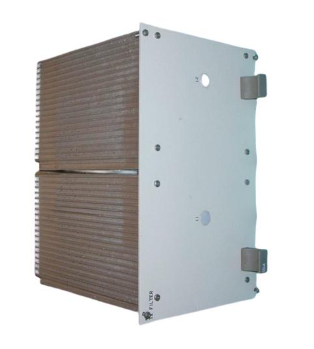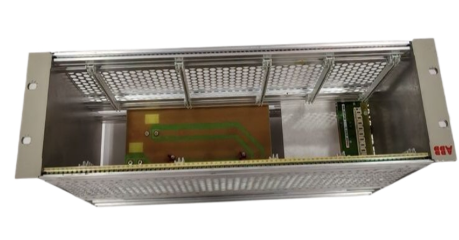XYCOM 8100-0272A Brown Output Sensor Board
The processed sensor data is partially output to connected devices through analog or digital output channels for controlling actuators or providing data input to other devices; The other part packages and uploads data to industrial networks or upper computers through communication interfaces according to communication protocols such as Modbus and Profibus, achieving remote transmission and centralized monitoring of data.
Throughout the entire process, the self diagnostic module of the board monitors the working status of each circuit and sensor connection in real time. Once any abnormalities are detected, the fault alarm mechanism is immediately triggered to ensure the safe and stable operation of the system.
Key advantages
High compatibility: Supports multiple types of sensor interfaces and communication protocols, seamlessly integrating with sensors and industrial equipment of different brands and specifications, greatly improving the versatility of the equipment and the flexibility of the system.
High precision and stability: Adopting high-precision signal processing circuits and advanced analog-to-digital conversion technology to ensure the accuracy and stability of sensor data acquisition. It can still work reliably in harsh industrial environments, effectively reducing data errors and system failure risks.
Easy to install and maintain: The board design is compact and easy to install, providing standardized interfaces and clear wiring labels for technicians to install and debug. At the same time, the improved fault diagnosis function and detailed technical documentation make maintenance work more convenient and efficient, reducing maintenance costs and time.
Flexible Scalability: Rich input/output channels and communication interfaces allow users to flexibly expand system functionality according to actual needs. For example, increasing the number of sensors or connecting more control devices can meet the needs of industrial production scale expansion or functional upgrading.
Precautions
Installation environment: The board should be installed in a dry, well ventilated, and dust-free environment, avoiding installation in places with corrosive gases, large amounts of dust or water vapor, to prevent electronic components from being corroded or damaged. At the same time, it is necessary to ensure that the installation location has good heat dissipation conditions to avoid affecting the performance and lifespan of the board due to high temperatures.
Wiring operation: When wiring the board, it is necessary to ensure that the equipment is in a power-off state and strictly follow the wiring diagram and instructions to avoid damage to the board or system failure caused by wiring errors. For analog signals, shielded cables should be used for connection and grounding treatment should be done to reduce signal interference.
Static protection: When installing, disassembling, or maintaining the board, operators must wear protective equipment such as anti-static wristbands to avoid damage to the precision electronic components on the board caused by human static electricity. Try to avoid direct contact with electronic components and circuits during the operation process.
Communication settings: When setting communication parameters (such as communication protocol, baud rate, device address, etc.), make sure they are consistent with the parameters of the connected device, otherwise it may cause communication failure. During system operation, if communication parameters need to be changed, the relevant equipment should be stopped before setting the parameters.
Similar model supplement
XYCOM 8100-0273A: Another sensor output board in the same series, which has some similarities in functionality and architecture with 8100-0272A, but may differ in the number of sensor interfaces, signal processing accuracy, or output channel configuration. It is suitable for industrial application scenarios with slightly different functional requirements.
Application scenarios
Industrial automation production line: In automated production lines such as automobile manufacturing, electronic assembly, and food processing, it is used to collect various parameters during the production process (such as component size, assembly position, production speed, etc.), providing data support for the automation control and quality monitoring of the production line, ensuring the efficiency, accuracy, and stability of the production process and product quality.
Mechanical equipment status monitoring: Real time monitoring of equipment operating parameters (such as vibration, temperature, speed, etc.) in various types of mechanical equipment such as CNC machine tools, printing machinery, packaging machinery, etc. By analyzing sensor data, equipment failure warning and predictive maintenance can be achieved, reducing equipment downtime and improving equipment reliability and service life.
Energy and Environmental Monitoring: Used in energy industries such as electricity, petroleum, and chemical engineering, as well as in the field of environmental monitoring, it is used to collect key parameters (such as flow rate, pressure, electricity consumption, etc.) and environmental parameters (such as temperature, humidity, air quality, etc.) in the energy production process, providing accurate data for energy management and environmental monitoring, and helping to achieve energy optimization and environmental protection goals.
- EMERSON
- Honeywell
- CTI
- Rolls-Royce
- General Electric
- Woodward
- Yaskawa
- xYCOM
- Motorola
- Siemens
- Rockwell
- ABB
- B&R
- HIMA
- Construction site
- electricity
- Automobile market
- PLC
- DCS
- Motor drivers
- VSD
- Implications
- cement
- CO2
- CEM
- methane
- Artificial intelligence
- Titanic
- Solar energy
- Hydrogen fuel cell
- Hydrogen and fuel cells
- Hydrogen and oxygen fuel cells
- tyre
- Chemical fiber
- dynamo
- corpuscle
- Pulp and paper
- printing
- fossil
- FANUC
- Food and beverage
- Life science
- Sewage treatment
- Personal care
- electricity
- boats
- infrastructure
- Automobile industry
- metallurgy
- Nuclear power generation
- Geothermal power generation
- Water and wastewater
- Infrastructure construction
- Mine hazard
- steel
- papermaking
- Natural gas industry
- Infrastructure construction
- Power and energy
- Rubber and plastic
- Renewable energy
- pharmacy
- mining
- Plastic industry
- Schneider
- Kongsberg
- NI
- Wind energy
- International petroleum
- International new energy network
- gas
- WATLOW
- ProSoft
- SEW
- wind
- ADVANCED
- Reliance
- YOKOGAWA
- TRICONEX
- FOXBORO
- METSO
- MAN
- Advantest
- ADVANCED
- ALSTOM
- Control Wave
- AB
- AMAT
- STUDER
- KONGSBERG
- MOTOROLA
- DANAHER MOTION
- Bently
- Galil
- EATON
- MOLEX
- Triconex
- DEIF
- B&W
- ZYGO
- Aerotech
- DANFOSS
- KOLLMORGEN
- Beijer
- Endress+Hauser
- MOOG
- KB
- Moxa
- Rexroth
- YAMAHA
- Johnson


Email:wang@kongjiangauto.com

